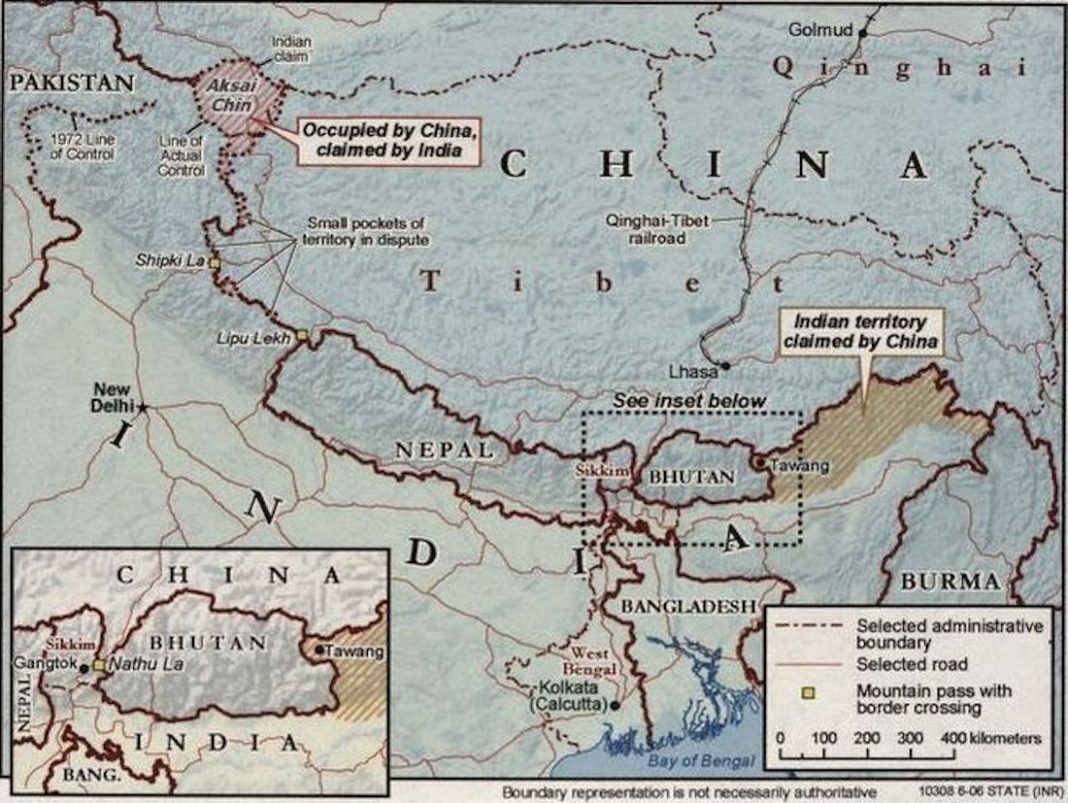Hanging over my desk is a large framed certificate of thanks for our work with the Dalai Lama’s orphanage in Tawang. It is issued from the government of Arunachal Pradesh. This once was Tibet, now China. But now is a Himalayan protectorate of India.
New York, N.Y. The Chinese Foreign Ministry has asserted that India lacks the authority to undertake development projects in the region that China refers to as South Tibet. The ministry emphasized that South Tibet is Chinese territory and that the establishment of Arunachal Pradesh, as India refers to it, on Chinese territory is “illegal and invalid.
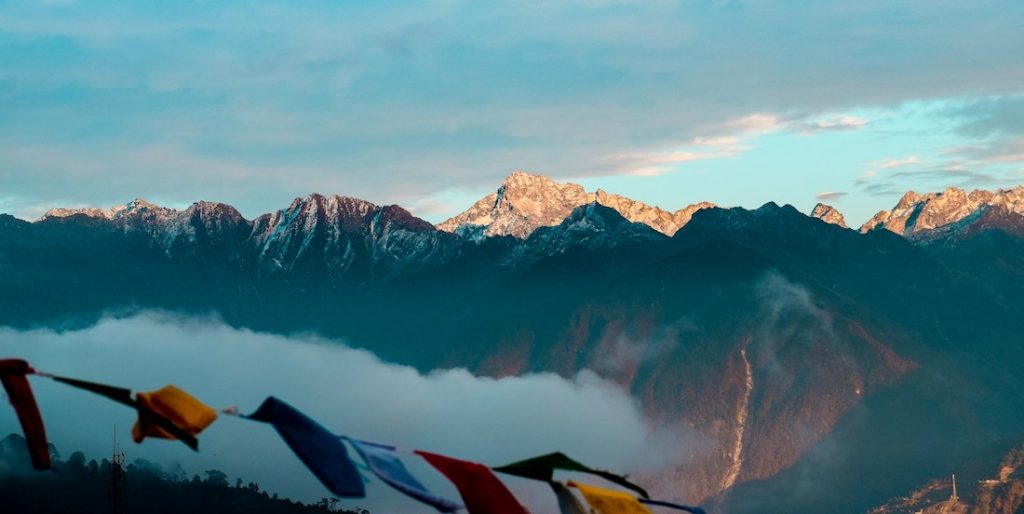
Responding to a Reuters report regarding India’s plans to accelerate hydropower projects in the border state, a foreign ministry spokesperson stated that India has no right to carry out development in that area. Reuters reported on Tuesday that India intends to invest $1 billion to expedite the construction of 12 hydropower stations in the northeastern Himalayan state.
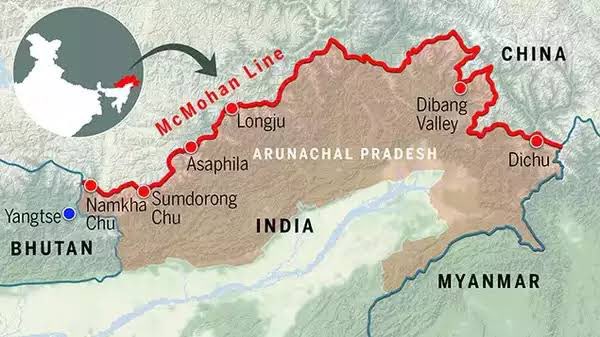
The McMahon Line is the boundary between Tibet and British India as agreed as part of the 1914 Simla Convention. However, this boundary has been a point of contention between India and China, especially regarding the status of Arunachal Pradesh.
India’s Ministry of External Affairs has not yet provided a response to China’s statement. While India maintains that its state of Arunachal Pradesh is an inherent part of the country, China contends that it is part of southern Tibet and has protested India’s infrastructure projects in the region.
Tawang: A Region Steeped in History
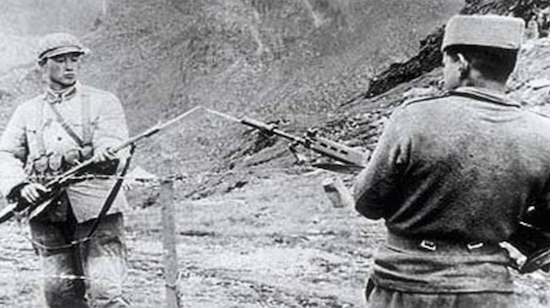
Tawang, located in the Indian state of Arunachal Pradesh, is a region rich in history and cultural significance. Home to the famous Tawang Monastery, the largest Buddhist monastery in India and the second largest in the world, Tawang is a spiritual and cultural hub. The monastery, founded in the 17th century, attracts thousands of pilgrims and tourists each year. The town sits at an elevation of about 10,000 feet (3,000 m) above sea level, offering breathtaking views of the Himalayas.

Tawang is also known for its unique cultural heritage, influenced by Tibetan Buddhism and indigenous tribal traditions. The region has been a focal point in the geopolitical tensions between India and China due to its strategic location and historical ties to Tibet. Despite the disputes, Tawang remains an integral part of India’s diverse cultural and historical landscape.
India-China War of 1962
Armed conflict took place between China and India from October to November 1962. It was a military escalation of the Sino–Indian border dispute. There had been a series of violent border skirmishes between the two countries after the 1959 Tibetan uprising, when India granted asylum to the Dalai Lama.
Chinese military action grew increasingly aggressive after India rejected proposed Chinese diplomatic settlements throughout 1960–1962, with China resuming previously banned “forward patrols” in Ladakh after April 1962.
Amidst the Cuban Missile Crisis, China abandoned all attempts towards a peaceful resolution in October 1962, invading disputed territory along the 2,000-mile (3,225-km) border in Ladakh and across the McMahon Line in the northeastern frontier.
Chinese troops pushed Indian forces back in both theaters, capturing all of their claimed territory in the western theater and the Tawang Tract in the eastern theater.
The conflict ended when China unilaterally declared a ceasefire in November 1962, and simultaneously announced its withdrawal to its pre-war position, the effective China–India border (also known as the Line of Actual Control). Much of the fighting comprised mountain warfare, entailing large-scale combat at altitudes of over 13,000 feet (4,000 m).
Navigating the Path to Peace: Resolving the India-China Border Dispute
During a meeting in Kazakhstan last week, Indian Foreign Minister Subrahmanyam Jaishankar and his Chinese counterpart Wang Yi agreed to intensify efforts to resolve border disputes. This meeting underscores the ongoing diplomatic efforts to navigate the complex territorial disagreements that have plagued India-China relations for decades.
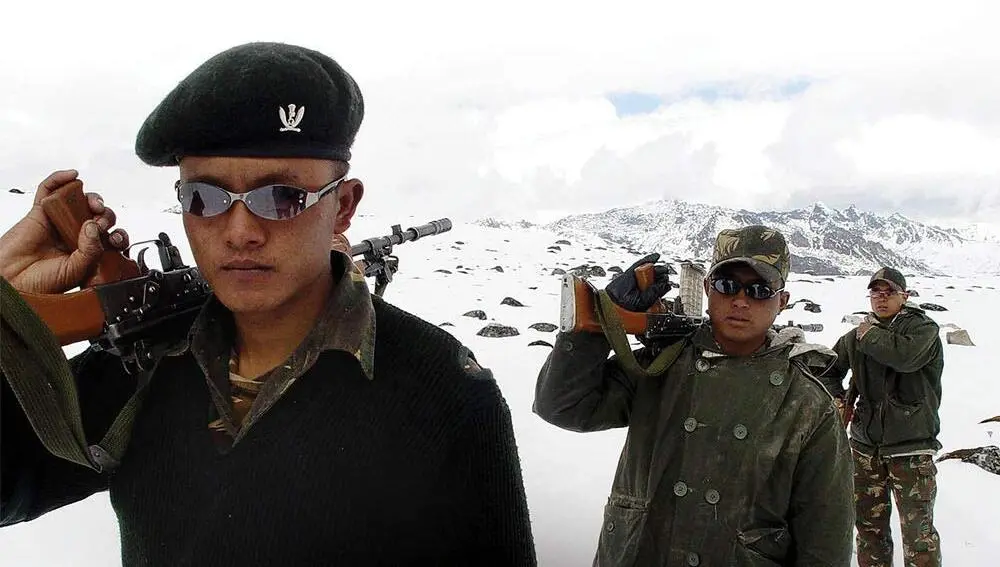
China Disputes India’s Right to Develop “South Tibet,” Arunachal Pradesh (July 8, 2024)
#ArunachalPradesh #SouthTibet #IndiaChinaBorder #Tawang #Geopolitics #HydropowerProjects #Himalayas
TAGS: India-China Relations, Arunachal Pradesh Development, South Tibet Dispute, Hydropower Projects, McMahon Line, Tawang Monastery, Indian Foreign Ministry, Chinese Foreign Ministry


